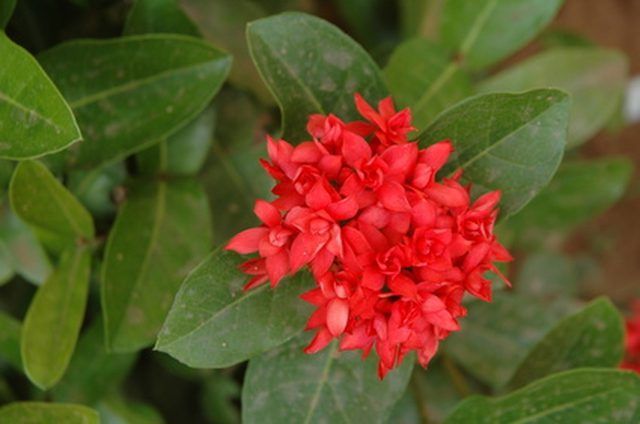Bulbs
Flower Basics
Flower Beds & Specialty Gardens
Flower Garden
Garden Furniture
Garden Gnomes
Garden Seeds
Garden Sheds
Garden Statues
Garden Tools & Supplies
Gardening Basics
Green & Organic
Groundcovers & Vines
Growing Annuals
Growing Basil
Growing Beans
Growing Berries
Growing Blueberries
Growing Cactus
Growing Corn
Growing Cotton
Growing Edibles
Growing Flowers
Growing Garlic
Growing Grapes
Growing Grass
Growing Herbs
Growing Jasmine
Growing Mint
Growing Mushrooms
Orchids
Growing Peanuts
Growing Perennials
Growing Plants
Growing Rosemary
Growing Roses
Growing Strawberries
Growing Sunflowers
Growing Thyme
Growing Tomatoes
Growing Tulips
Growing Vegetables
Herb Basics
Herb Garden
Indoor Growing
Landscaping Basics
Landscaping Patios
Landscaping Plants
Landscaping Shrubs
Landscaping Trees
Landscaping Walks & Pathways
Lawn Basics
Lawn Maintenance
Lawn Mowers
Lawn Ornaments
Lawn Planting
Lawn Tools
Outdoor Growing
Overall Landscape Planning
Pests, Weeds & Problems
Plant Basics
Rock Garden
Rose Garden
Shrubs
Soil
Specialty Gardens
Trees
Vegetable Garden
Yard Maintenance
How to Treat Your Ixora Shrub
How to Treat Your Ixora Shrub. Ixora are beautiful shrubs with lacy blooms in colors of red, yellow and pink. They thrive in USDA zones 9 to 11. Proper care must be taken to treat and care for these delicate and elegant flowers that add curb appeal to any yard. It makes a lovely hedge or a busy container plant on the deck. Unlike other flowering...

Ixora are beautiful shrubs with lacy blooms in colors of red, yellow and pink. They thrive in USDA zones 9 to 11. Proper care must be taken to treat and care for these delicate and elegant flowers that add curb appeal to any yard. It makes a lovely hedge or a busy container plant on the deck. Unlike other flowering shrubs, they prefer acid soil with a low pH level of 5.0. Even though it is a low-growing shrub, it can grow to be 8 feet tall. Caring for it properly will ensure its healthy longevity.
Things You'll Need
Organic matter
Shovel
Organic mulch
Fertilizer
Horticultural oil spray
Select a location in your yard that receives full sun, but shade during the hottest hours, suggests Floridata. Do not place ixora near concrete foundations. Concrete has a very high pH, which may raise the pH of the acidic soil that ixoras prefer, causing growth and flowering problems, according to University of Florida Extension.
Amend the native soil with one-third organic matter, such as peat moss, to maintain the acidity level.
Dig a hole one to two times bigger than the root ball, but not bigger than the nursery container. Place the ixora in the bottom of the hole and backfill the soil around the roots, watering with a root stimulator, recommends Heirlooms Gardens. Follow the manufacturer's instructions.
Apply a 3-inch layer of organic mulch; this will give the ixora necessary nutrients and retain moisture. Do not place mulch near the trunk of the shrub, as this can attract soil worms, according to University of Florida Extension.
Water the ixora shrub regularly and thoroughly to "ensure that the roots will grow deeply and can be protected from drought," suggests Heirlooms Gardens. Water sparingly in the cold months.
Fertilize during the growing season with a water-soluble fertilizer high in nitrogen, recommends Floridata. Follow the directions on the manufacturer's label.
Protect the ixora shrub from aphids, scale insects and mealy bugs by applying a horticultural oil spray, advises University of Florida Extension. Apply once a week for five weeks late in the day to avoid the leaves from being burned.